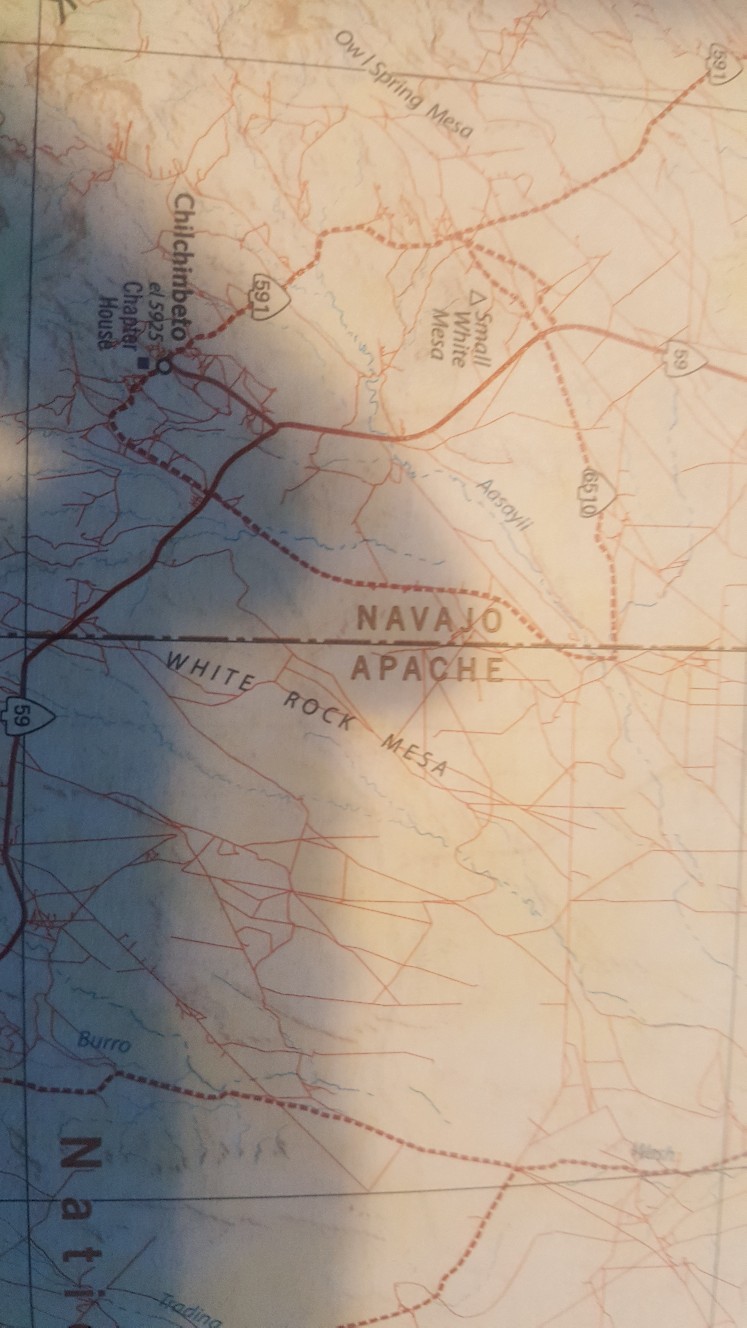

This is a clear call for greater regional integration including through infrastructure sharing.

The answers were quite conclusive: the local regulatory frameworks and infrastructures cannot make a viable business case. While working on the publication analyzing the state of broadband networks in the Middle East and North Africa **, a World Bank team asked telecommunications companies from the Middle East why no one is trying to reach European internet hubs through the Balkans. In many instances, the fiber deployed by local utility companies is not even being shared on a national level, and there are no regional cross-border initiatives. Instead of making that kind of leap, Western Balkan countries are underutilizing their available fiber capacities regional telecommunication infrastructure is patchy, and regulatory frameworks in the six Balkan countries are unsynchronized. Given that increased regional cooperation yields multiple socioeconomic benefits and could be seen as a means to help heal the wounds inflicted by the region’s traumatic history, one can’t help but wonder why the Balkan Highway has not yet emerged in the region. All countries in the region are seeking European Union (EU) accession and are in the process of harmonizing their telecommunications regulatory frameworks with EU acquis, which, among others, promotes infrastructure sharing *. All energy companies in the Western Balkans own fiber assets. There are many parallels between the Baltics and the Balkans. What would it take to implement a similar project in the Balkans? Unlike previous data highways, this network was built by laying optical fiber over high-voltage electricity lines and gas pipelines that belong to energy companies, as opposed to using different segments of telecommunications networks that have been “stitched together.” Today, Baltic Highway clients have the opportunity to utilize one seamless regional infrastructure system from a single point. The Baltic Highway was created by Data Logistics Center (part of Lietuvos Energija, a state-owned holding company of Lithuanian energy suppliers), Latvenergo (a state-owned electric utility company in Latvia) and Televõrk (a subsidiary of private energy firm Eesti Energia in Estonia). The Highway is a seamless fiber backbone of 3,000 kilometers (1,864 miles) across the Baltic region, connecting Northern Europe’s new mega-data centers in Tallinn to Western Europe’s data hub in Frankfurt, Germany, with the possibility of extending connections to Russia and Belarus.The construction and operation of the Baltic Highway is a great example of regional cooperation and infrastructure sharing - and there are many lessons we can learn from it. In January, Estonia, Latvia and Lithuania finished the five-year construction of the Baltic Highway – a broadband backbone network that takes advantage of fiber-optic assets from three Baltic energy and utility entities.


 0 kommentar(er)
0 kommentar(er)
